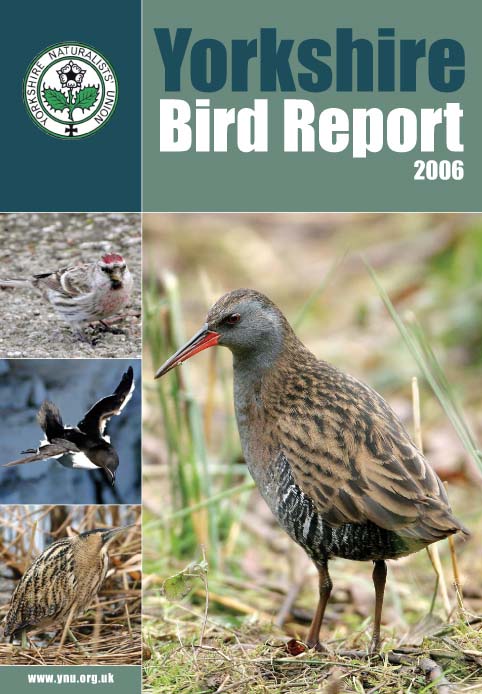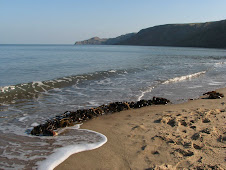 New Seawatch Place
New Seawatch Place
 Razors
Razors
05:15 beep, long wait, beep. Smoke alarm battery going. get up, get ladder from shed, curse electrician who put alarm in place inaccessible, battle large arachnids, remove smoke alarm and stamp on it violently, wake up small person (s***!), get snack for small person, get another snack for small person as first is apparently substandard, put ladder away, get birding kit, go out.
Peaceful birding is rather too peaceful as I'm struggling to find birds. Eventually manage to pish a ticking Lesser Whitethroat out of a Hawthorn in the ever charming Upgang Ravine. The sea has a few terns and some very close Razors, Red-throated Diver just manages to squeeze on to the day list as I scramble back up to the car.
Work.
Read of Great Shearwaters at Collieston and near Dundee and with an Orca at Newtonhill.
Get birthday cards and wrapping paper and so avoid anticipated summary execution come the dawn.
March out to the "New Seawatch Place".
It's not as peaceful in the late afternoon, there are fisherfolk and tourists. There is lingering about and small people bumping the tripod. But there is also a beautiful close Arctic Tern that shows off and then flies into the harbour and sits on the railings opposite. Another Arctic Tern more distantly and quite a few Common Terns. A few Sandwich Terns trail east. And then it gets weird. I glimpse a possible large cetacean well out. Two distant birds pass east that may be grebes, or may not be and I struggle with the distance and the slight haze and can't come to a conclusion. Ah, what's this coming west, coming at me, it's all black and small? At first I think maybe Leach's but I know it isn't. I'm wracking the memory but it's a way off, keeping it's distance but still coming. Then I get it, suddenly I see it's a falcon, wave hopping. And now I'm really struggling because I might be a badseawatcher but I am definitely, totally rubbish at raptors. I can't figure this out, there is only one black raptor like this and that's Red-footed Falcon (adult male only) . Could it be? Then maybe as it goes round to the west of me I think I glimpse a pale cheek and then a huge monster of a Herring Gull gives it some jip and they tangle and it is tiny, too tiny I think.
I'm still getting over this when I follow a distant Arctic Skua east and way beyond it there is a huge splash and then it happens four times more and I manage to see a grey thing a-leaping. Presumptuous id would be Bottle-nosed Dolphin, but it was a mighty long way out. An adult Little Gull passes at identifiable range, which is a bit of a relief really and a couple of Red-throated Divers wind up the hour so I go home.
Oh, the falcon; must have been a male Merlin and the light and distance made it look all black, I think so, surely.














































